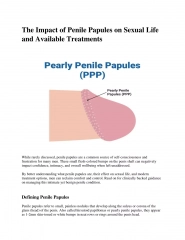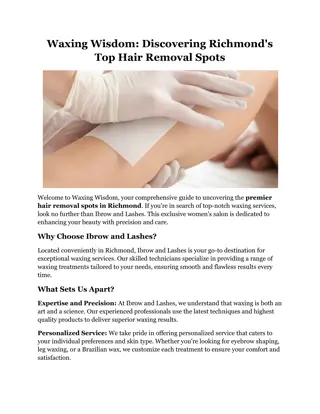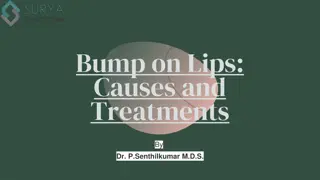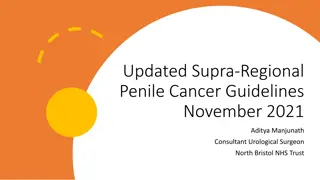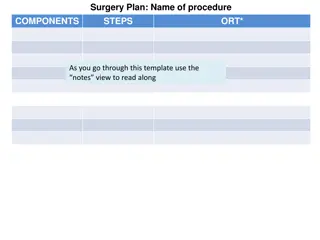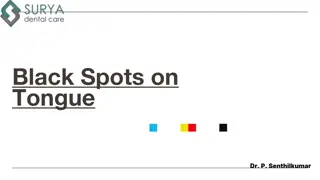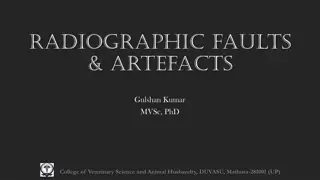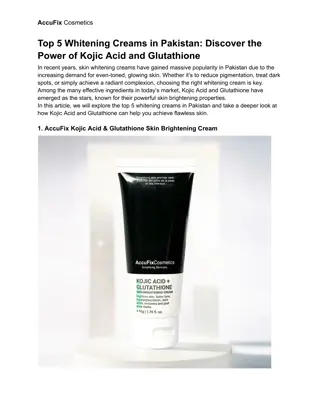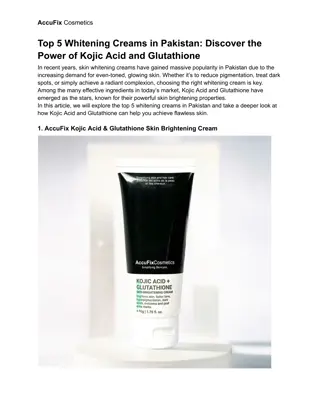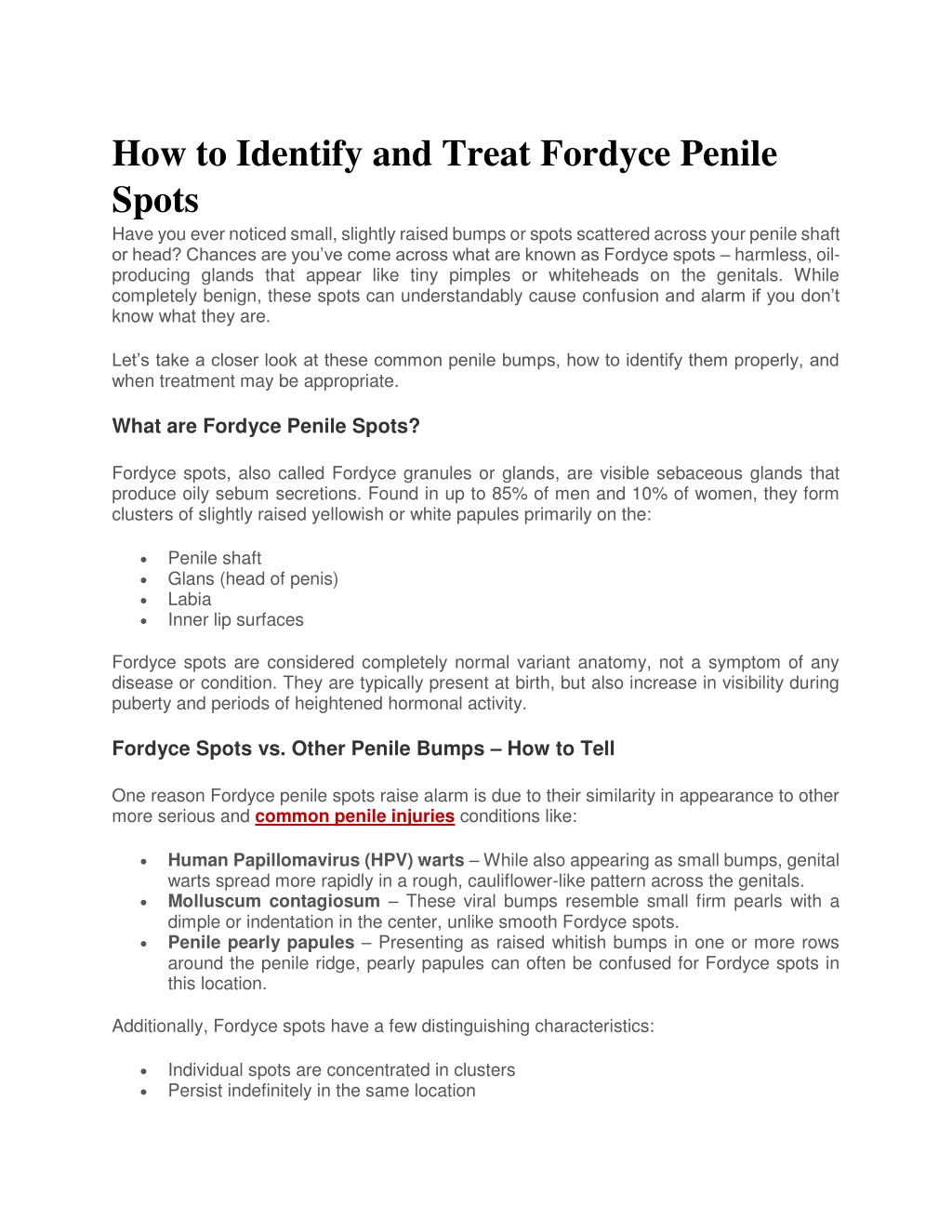
How to Identify and Treat Fordyce Penile Spots
Have you ever noticed small, slightly raised bumps or spots scattered across your penile shaft or head? Chances are you’ve come across what are known as Fordyce spots
Uploaded on | 3 Views
Download Presentation

Please find below an Image/Link to download the presentation.
The content on the website is provided AS IS for your information and personal use only. It may not be sold, licensed, or shared on other websites without obtaining consent from the author. If you encounter any issues during the download, it is possible that the publisher has removed the file from their server.
You are allowed to download the files provided on this website for personal or commercial use, subject to the condition that they are used lawfully. All files are the property of their respective owners.
The content on the website is provided AS IS for your information and personal use only. It may not be sold, licensed, or shared on other websites without obtaining consent from the author.
E N D
Presentation Transcript
How to Identify and Treat Fordyce Penile Spots Have you ever noticed small, slightly raised bumps or spots scattered across your penile shaft or head? Chances are you ve come across what are known as Fordyce spots harmless, oil- producing glands that appear like tiny pimples or whiteheads on the genitals. While completely benign, these spots can understandably cause confusion and alarm if you don t know what they are. Let s take a closer look at these common penile bumps, how to identify them properly, and when treatment may be appropriate. What are Fordyce Penile Spots? Fordyce spots, also called Fordyce granules or glands, are visible sebaceous glands that produce oily sebum secretions. Found in up to 85% of men and 10% of women, they form clusters of slightly raised yellowish or white papules primarily on the: Penile shaft Glans (head of penis) Labia Inner lip surfaces Fordyce spots are considered completely normal variant anatomy, not a symptom of any disease or condition. They are typically present at birth, but also increase in visibility during puberty and periods of heightened hormonal activity. Fordyce Spots vs. Other Penile Bumps How to Tell One reason Fordyce penile spots raise alarm is due to their similarity in appearance to other more serious and common penile injuries conditions like: Human Papillomavirus (HPV) warts While also appearing as small bumps, genital warts spread more rapidly in a rough, cauliflower-like pattern across the genitals. Molluscum contagiosum These viral bumps resemble small firm pearls with a dimple or indentation in the center, unlike smooth Fordyce spots. Penile pearly papules Presenting as raised whitish bumps in one or more rows around the penile ridge, pearly papules can often be confused for Fordyce spots in this location. Additionally, Fordyce spots have a few distinguishing characteristics: Individual spots are concentrated in clusters Persist indefinitely in the same location
Feel firm or embedded within the skin Yellowish color indicates sebum secretion Cannot be transmitted between partners While most easily dismissed as normal anatomy by an experienced physician, improper home identification sometimes leads to unnecessary treatment. When Should Fordyce Penile Spots Be Treated? In the vast majority of cases, Fordyce penile spots are harmless and require no medical treatment whatsoever. However, some men do opt to have them treated or removed for the following reasons: Cosmetic concerns While painless, some find the bumpy appearance on the genitals unattractive and prefer a smooth look. Irritation/inflammation In rare cases, Fordyce spots can become inflamed, bleed, or develop pus depending on their location and friction exposure. Rule out other conditions Having them examined/removed can eliminate uncertainty and confirm benign nature. If some form of treatment is desired, there are a few procedures and techniques that can help. Effective Treatment Options for Fordyce Spots For those seeking treatment or removal of conspicuous Fordyce penile spots, here are some of the most common and effective methods used: Electrodesiccation A simple office procedure where electrical current is used to destroy and gradually shed off clusters of spots. Carbon dioxide laser Precise laser bursts vaporize bumps while minimizing surrounding skin damage. Multiple sessions needed. Radiofrequency ablation Radio waves generate intense heat to trigger breakdown of spots layer by layer. An advanced technique. Cryotherapy (freezing) Application of extreme cold spray or probes freezes off individual bumps, usually over multiple sessions. Topical medications Creams containing retinoids or keratolytic ingredients may help reduce existing spot size or recurrence. Each of these procedures and methods has its own advantages and risks, which your urologist or dermatologist can discuss based on your needs and the extent of spots to be treated. What to Expect During Fordyce Spot Treatment Depending on the method used for Fordyce penile spot removal, some discomfort and downtime can be expected afterwards as the area heals:
Swelling and irritation Temporary yet normal after procedures that ablate or destroy skin tissue layers. Crusting or scabbing over As the destroyed gland material sheds away, spots may initially form crusts/scabs over treated areas. Potential scarring While minimal, there is always a slight risk of permanent scarring whenever deep skin layers are disrupted. Proper wound care helps prevent this. Multiple treatment sessions A single session can rarely clear all visible spots. For best results, repeated treatments spaced apart are usually recommended. Close adherence to all pre-op and post-op instructions from your provider is crucial to minimize healing complications and ensure optimal cosmetic results. Home Care and Prevention Tips For those not bothered by the appearance of their Fordyce spots and wish to avoid treatment, there are some simple steps that can be taken at home: Keep the area clean Genital hygiene is important, but avoid over-scrubbing spots which can cause irritation. Use gentle, mild products Harsh soaps, exfoliants, or fragrances can further inflame bumps. Apply soothing agents Over-the-counter hydrocortisone creams may help calm inflammation or itching. Hands off Avoid the temptation to pick, squeeze, or otherwise aggravate visible spots which can worsen their appearance. Monitor for changes If spots become increasingly painful, prone to bleeding, or worsen drastically, have them checked out. While there s no guaranteed way to prevent Fordyce spots from forming or increasing in visibility, smart hygiene habits are ideal. Frequently Asked Questions Are Fordyce penile spots contagious or a sign of an STD? No, Fordyce spots have nothing to do with sexually transmitted infections or diseases. They are different than most common penile injuries; they are harmless glands present at birth that pose no risks of transmission to sexual partners. Can Fordyce spots appear suddenly or overnight? These spots are always present from birth, but may increase in number and visibility during hormonal shifts like puberty. However, they don t randomly appear in a rapid onset fashion in adulthood. Do Fordyce spots only affect the penis, or other areas?
While most prevalent on the penile shaft and glans in men, these sebaceous glands can also develop in the vulva, inner lip surfaces, and even on rare occasions the inner cheeks of the mouth. Penis Problems? Call In the California Circumcision Pros While most penile bumps and lesions end up being benign Fordyce spots, that distinctive appearance can understandably cause concern until properly identified. Don t ignore unfamiliar growths get them checked promptly by an experienced urologist. The experts at California Adult Circumcision have the tools and skills to diagnose and determine if treatment is appropriate, putting your mind at ease. Noticed some alarming bumps down there that may beFordyce penile spots or something else entirely? Schedule your comprehensive examination at California Adult Circumcision right away to get accurate answers and solutions you can trust. Visit Our Website: California Adult Circimcision


